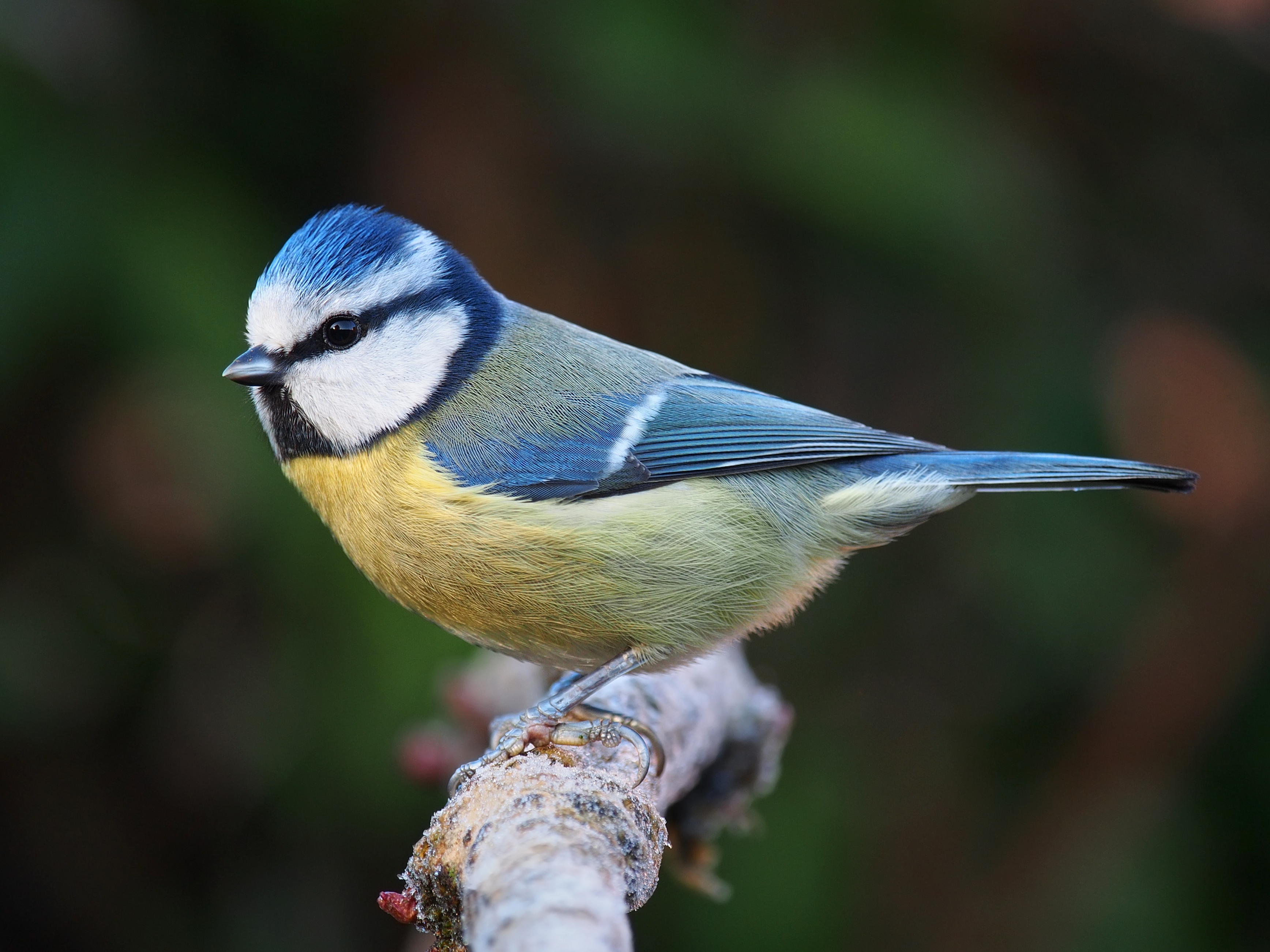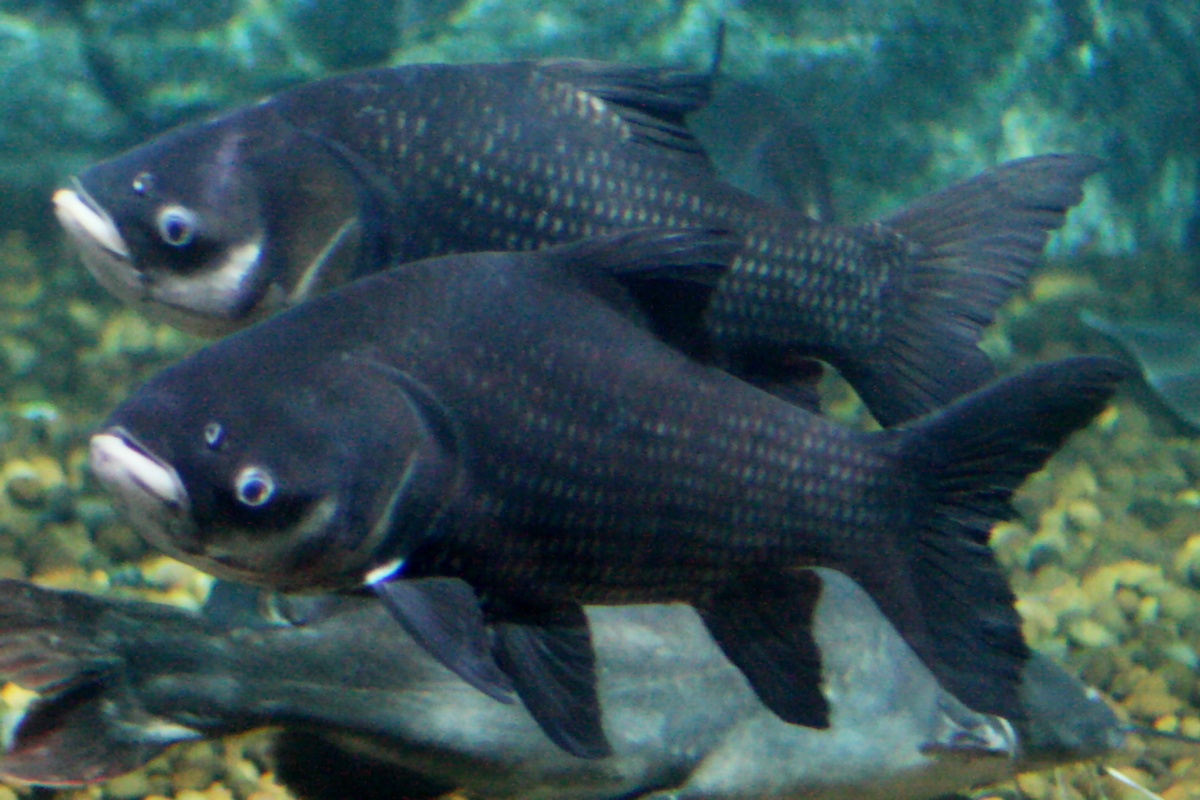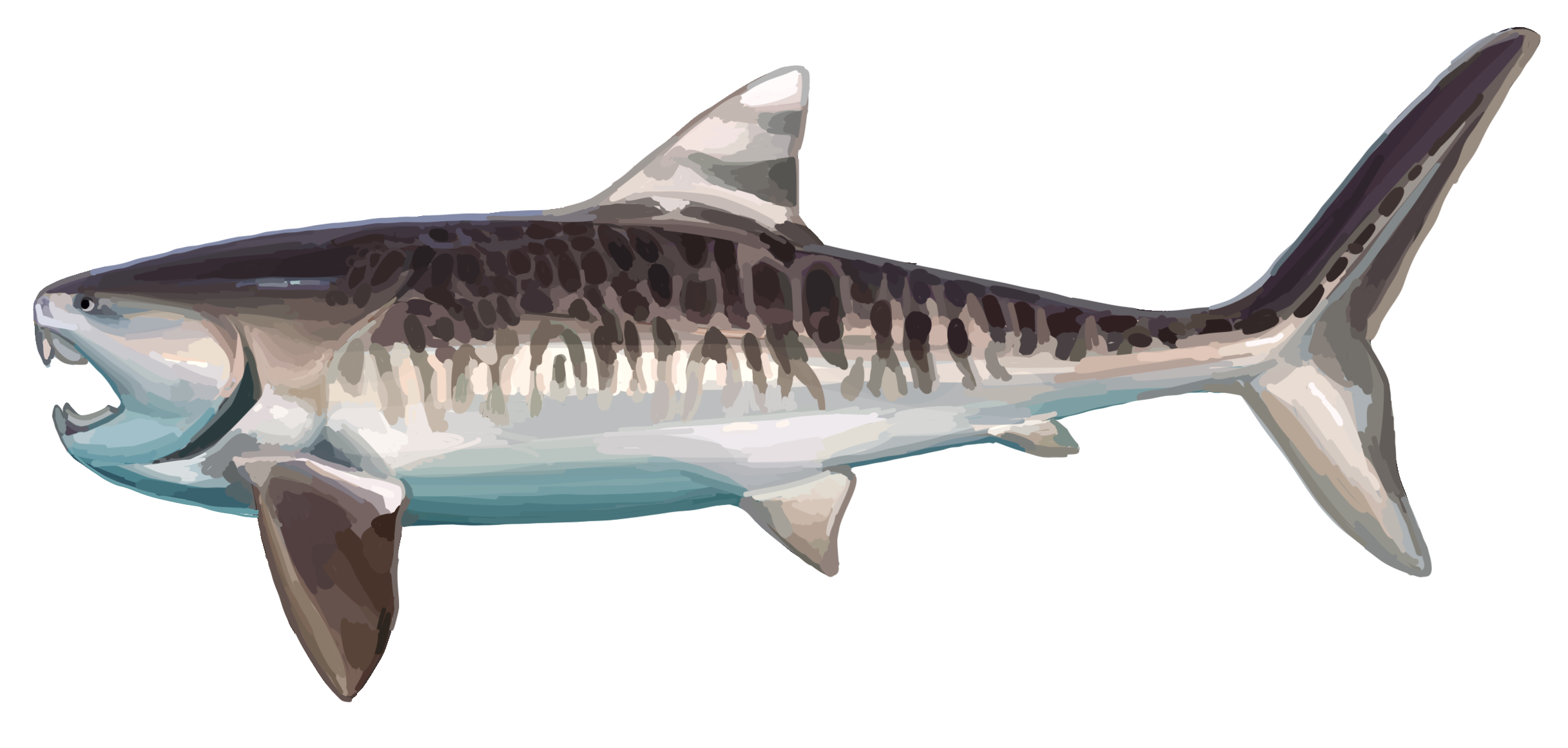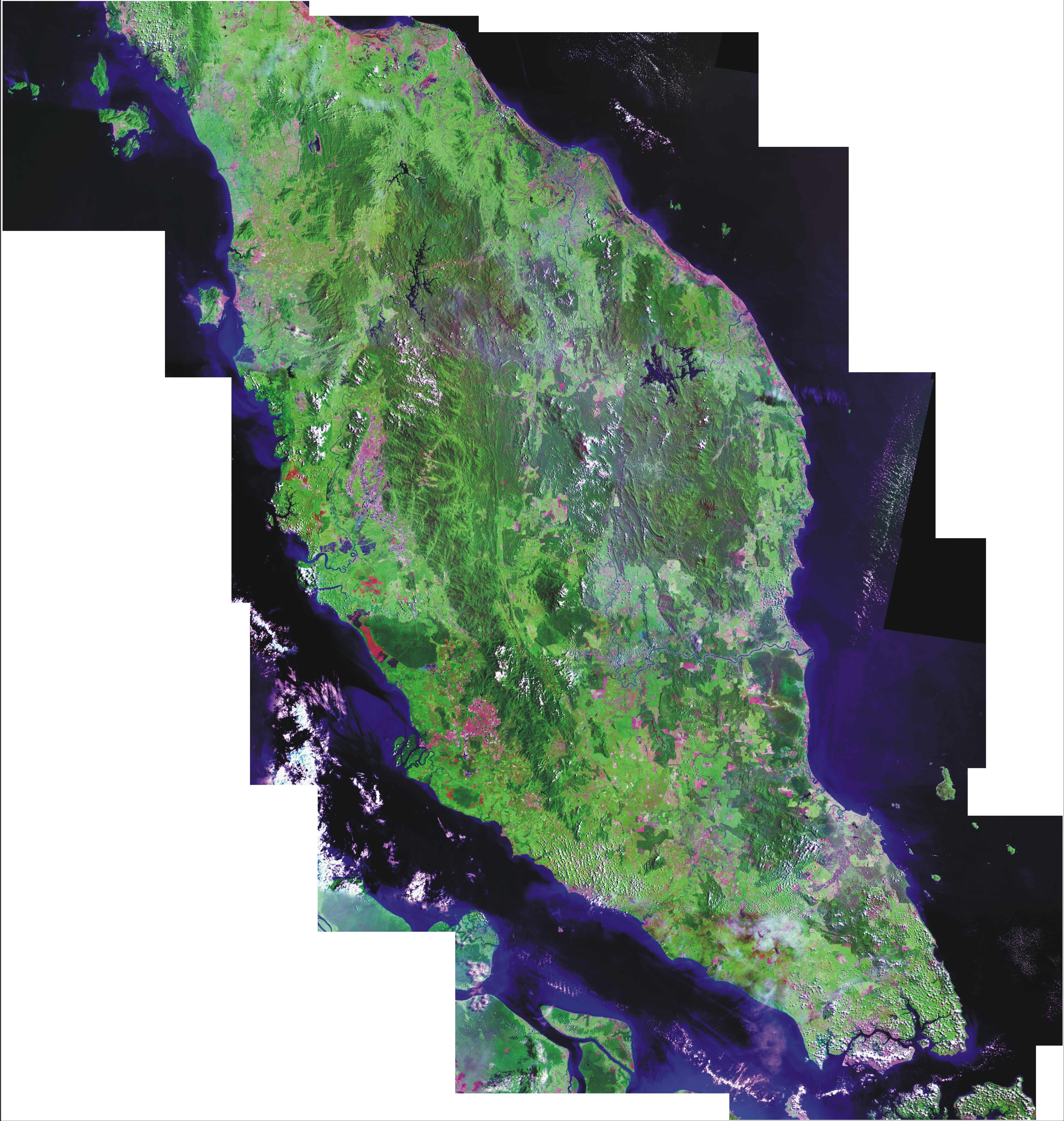|
Barbodes Zakariaismaili
''Barbodes zakariaismaili'', or Zakaria's barb, is a newly described species of cyprinid fish as of 2021. The species is native to Malaysia, where it is found in foothills and lowland streams with clear water in the southern Malay Peninsula. The species has very little to no significant commercial value. Previously thought to be a variant of ''Barbodes banksi'', it and ''Barbodes sellifer ''Barbodes sellifer'', the saddled barb, is a species of cyprinid fish described in 2021. This species has not been reported sold in the aquarium trade, but where the species is present reports of them being kept by aquarists are abundant. Previ ...'' were removed from ''B. banksi'' due to its unique color pattern in adulthood and morphological differences. Etymology This species is named in honour of Mohd. Zakaria-Ismail, an expert in Malaysia's fish fauna. Description Similar to '' Barbodes binotatus'', the overall body coloration is dark yellowish brown, while the back of the fis ... [...More Info...] [...Related Items...] OR: [Wikipedia] [Google] [Baidu] |
Maurice Kottelat
Maurice Kottelat (born 16 July 1957 in Delémont, SwitzerlandCommissioners: Dr Maurice Kottelat International Commission on Zoological Nomenclature (accessed 2014)) is a Swiss ichthyologist specializing in Eurasian freshwater fishes. Kottelat obtained a License in Sciences at the University of Neuchâtel in 1987(outdated link: [...More Info...] [...Related Items...] OR: [Wikipedia] [Google] [Baidu] |
Species
In biology, a species is the basic unit of Taxonomy (biology), classification and a taxonomic rank of an organism, as well as a unit of biodiversity. A species is often defined as the largest group of organisms in which any two individuals of the appropriate sexes or mating types can reproduction, produce Fertility, fertile offspring, typically by sexual reproduction. Other ways of defining species include their karyotype, DNA sequence, morphology (biology), morphology, behaviour or ecological niche. In addition, paleontologists use the concept of the chronospecies since fossil reproduction cannot be examined. The most recent rigorous estimate for the total number of species of eukaryotes is between 8 and 8.7 million. However, only about 14% of these had been described by 2011. All species (except viruses) are given a binomial nomenclature, two-part name, a "binomial". The first part of a binomial is the genus to which the species belongs. The second part is called the specifi ... [...More Info...] [...Related Items...] OR: [Wikipedia] [Google] [Baidu] |
Cyprinid
Cyprinidae is a family of freshwater fish commonly called the carp or minnow family. It includes the carps, the true minnows, and relatives like the barbs and barbels. Cyprinidae is the largest and most diverse fish family and the largest vertebrate animal family in general with about 3,000 species, of which only 1,270 remain extant, divided into about 370 genera. Cyprinids range from about 12 mm in size to the giant barb (''Catlocarpio siamensis''). By genus and species count, the family makes up more than two-thirds of the ostariophysian order Cypriniformes. The family name is derived from the Greek word ( 'carp'). Biology and ecology Cyprinids are stomachless fish with toothless jaws. Even so, food can be effectively chewed by the gill rakers of the specialized last gill bow. These pharyngeal teeth allow the fish to make chewing motions against a chewing plate formed by a bony process of the skull. The pharyngeal teeth are unique to each species and are used by ... [...More Info...] [...Related Items...] OR: [Wikipedia] [Google] [Baidu] |
Fish
Fish are aquatic, craniate, gill-bearing animals that lack limbs with digits. Included in this definition are the living hagfish, lampreys, and cartilaginous and bony fish as well as various extinct related groups. Approximately 95% of living fish species are ray-finned fish, belonging to the class Actinopterygii, with around 99% of those being teleosts. The earliest organisms that can be classified as fish were soft-bodied chordates that first appeared during the Cambrian period. Although they lacked a true spine, they possessed notochords which allowed them to be more agile than their invertebrate counterparts. Fish would continue to evolve through the Paleozoic era, diversifying into a wide variety of forms. Many fish of the Paleozoic developed external armor that protected them from predators. The first fish with jaws appeared in the Silurian period, after which many (such as sharks) became formidable marine predators rather than just the prey of arthrop ... [...More Info...] [...Related Items...] OR: [Wikipedia] [Google] [Baidu] |
Barbodes Banksi
''Barbodes banksi'' is a species of cyprinid fish native to Malaysia and Indonesia where it can be found in foothill and lowland streams with clear water. References Barbodes Fish described in 1940 {{Cyprininae-stub ... [...More Info...] [...Related Items...] OR: [Wikipedia] [Google] [Baidu] |
Barbodes Sellifer
''Barbodes sellifer'', the saddled barb, is a species of cyprinid fish described in 2021. This species has not been reported sold in the aquarium trade, but where the species is present reports of them being kept by aquarists are abundant. Previously thought to be a variant of ''Barbodes banksi'', it and ''Barbodes zakariaismaili, B. zakariaismaili'' were recently removed from ''B. banksi'' due to its unique color pattern and morphological differences that set it apart from other species of its genus. Etymology Sellifer is a Latin adjective meaning 'bearing a saddle'. Description Similar to other of its genus, the overall body coloration is dark yellowish brown, while the back of the fish is darker, and its underside paler. The feature that distinguishes the species is the 'saddle' on its back, a rectangular or triangular black blotch under the dorsal fin that occupies 4–6 scales and stretches down to the fourth lateral scale line. This black pattern can appear pale or da ... [...More Info...] [...Related Items...] OR: [Wikipedia] [Google] [Baidu] |
Malaysia
Malaysia ( ; ) is a country in Southeast Asia. The federation, federal constitutional monarchy consists of States and federal territories of Malaysia, thirteen states and three federal territories, separated by the South China Sea into two regions: Peninsular Malaysia and Borneo's East Malaysia. Peninsular Malaysia shares a land and maritime Malaysia–Thailand border, border with Thailand and Maritime boundary, maritime borders with Singapore, Vietnam, and Indonesia. East Malaysia shares land and maritime borders with Brunei and Indonesia, and a maritime border with the Philippines and Vietnam. Kuala Lumpur is the national capital, the country's largest city, and the seat of the Parliament of Malaysia, legislative branch of the Government of Malaysia, federal government. The nearby Planned community#Planned capitals, planned capital of Putrajaya is the administrative capital, which represents the seat of both the Government of Malaysia#Executive, executive branch (the Cabine ... [...More Info...] [...Related Items...] OR: [Wikipedia] [Google] [Baidu] |
Spotted Barb
''Barbodes binotatus'', commonly known as the spotted barb or common barb, is a tropical species of cyprinid fish endemic to Java, Indonesia. Description Its color in life varies from a silvery gray to greenish gray, darker dorsally and paler or nearly white on its throat and belly. It has a bar behind the operculum on its shoulder. On large fish, body markings (spots or band) may be absent, except for the spot on the caudal base. It has a round, broad-tipped snout equal to or slightly larger than the eye. The fish will grow in length up to 7.75 inches (20.0 cm). Distribution and habitat The species was previously thought to have a much wider native range in Southeast Asia, but it is now known that ''B. binotatus'' ''sensu stricto'' is restricted to the island of Java in Indonesia. All other descriptions of ''B. binotatus'' ''sensu lato'' in other areas of Southeast Asia are either mistaken identifications of similar species or undescribed taxa superficially similar to ... [...More Info...] [...Related Items...] OR: [Wikipedia] [Google] [Baidu] |
Pahang
Pahang (; Jawi: , Pahang Hulu Malay: ''Paha'', Pahang Hilir Malay: ''Pahaeng'', Ulu Tembeling Malay: ''Pahaq)'' officially Pahang Darul Makmur with the Arabic honorific ''Darul Makmur'' (Jawi: , "The Abode of Tranquility") is a sultanate and a federal state of Malaysia. It is the third largest Malaysian state and the largest state in peninsular by area, and ninth largest by population. The state occupies the basin of the Pahang River, and a stretch of the east coast as far south as Endau. Geographically located in the East Coast region of the Peninsular Malaysia, the state shares borders with the Malaysian states of Kelantan and Terengganu to the north, Perak, Selangor and Negeri Sembilan to the west, Johor to the south, while South China Sea is to the east. The Titiwangsa mountain range that forms a natural divider between the Peninsula's east and west coasts is spread along the north and south of the state, peaking at Mount Tahan, which is high & the famous Kua ... [...More Info...] [...Related Items...] OR: [Wikipedia] [Google] [Baidu] |
Peninsular Malaysia
Peninsular Malaysia ( ms, Semenanjung Malaysia; Jawi: سمننجڠ مليسيا), or the States of Malaya ( ms, Negeri-negeri Tanah Melayu; Jawi: نڬري-نڬري تانه ملايو), also known as West Malaysia or the Malaysian Peninsula, is the part of Malaysia that occupies the southern half of the Malay Peninsula in Southeast Asia and the nearby islands. Its area totals , which is nearly 40% of the total area of the country; the other 60% is in East Malaysia. For comparison, it is slightly larger than England (130,395 km2). It shares a land border with Thailand to the north and a maritime border with Singapore to the south. Across the Strait of Malacca to the west lies the island of Sumatra, and across the South China Sea to the east lie the Natuna Islands of Indonesia. At its southern tip, across the Strait of Johor, lies the island country of Singapore. Peninsular Malaysia accounts for the majority (roughly 81.3%) of Malaysia's population and economy; as of 2 ... [...More Info...] [...Related Items...] OR: [Wikipedia] [Google] [Baidu] |
Barbodes
''Barbodes'' is a genus of small to medium-sized cyprinid fish native to tropical Asia. The majority of the species are from Southeast Asia. Many species are threatened and some from the Philippines (Lake Lanao) are already extinct. A survey carried out in 1992 only found three of the endemic ''Barbodes'' species,Endangered Species Handbook: It's Too Late – Fish Extinctions.' Retrieved 29 September 2012 and only two ('' Barbodes lindog'' and '' B. tumba'') were found in 2008. Several members of this genus were formerly included in ''Puntius''. Etymology The name is derived from the Latin word ''barbus'', meaning "barbel", and the Greek word ''oides'', meaning "similar to". Species There are currently 48 recognized species in this genus, of which 15 are considered extinct and 2 considered possibly extinct: * †'' Barbodes amarus'' Herre, 1924 (Pait) * '' Barbodes aurotaeniatus'' ( Tirant, 1885) * ''Barbodes banksi'' ( Herre, 1940) * †'' Barbodes baoulan'' Herre, 1926 ( ... [...More Info...] [...Related Items...] OR: [Wikipedia] [Google] [Baidu] |
Fish Described In 2021
Fish are aquatic, craniate, gill-bearing animals that lack limbs with digits. Included in this definition are the living hagfish, lampreys, and cartilaginous and bony fish as well as various extinct related groups. Approximately 95% of living fish species are ray-finned fish, belonging to the class Actinopterygii, with around 99% of those being teleosts. The earliest organisms that can be classified as fish were soft-bodied chordates that first appeared during the Cambrian period. Although they lacked a true spine, they possessed notochords which allowed them to be more agile than their invertebrate counterparts. Fish would continue to evolve through the Paleozoic era, diversifying into a wide variety of forms. Many fish of the Paleozoic developed external armor that protected them from predators. The first fish with jaws appeared in the Silurian period, after which many (such as sharks) became formidable marine predators rather than just the prey of arthropods. Most ... [...More Info...] [...Related Items...] OR: [Wikipedia] [Google] [Baidu] |






